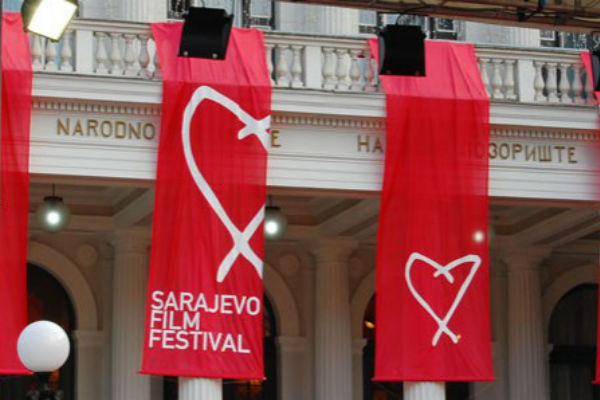Mysterious tunnels beneath Baščaršija, discovered in 2008 during the reconstruction of the Street Prota Baković, were in fact an advanced system of under-floor heating which provided heating for many shops and objects within a few hundred meters, and it source was in Firuz-beg hamam (Turkish bath).
According to available information, the system was based on energy efficiency, which is now attracting the attention throughout Europe.
Rehabilitation of such a facility would be a great national tourist treasure, given that the Firuz-beg hamam is already a national monument.
Initial archaeological probing which was carried out by the ’Society of Archaeologists 1894’ in 2010 whose members are Andrijana Pravidur, Adnan Muftarević, Mirsad Avdić have discovered the purpose of tunnels, and the project was financed by the Tobacco Factory Sarajevo (FDS) – the owner of the slot where the archaeological excavations are being carried out.
Archaeologist Avdić said to ‘Dnevni Avaz’ that Firuz-beg hamam was built 500 years ago, in 1512.
‘Hamam was Turkish, but architecturally it is based on ancient Roman baths. Beneath the hamam there is a hypocaust or the tunnels which was in fact a place to light a fire that heated the air which through the tubes carried the heat along the floor. Besides the heating, this technology also allowed hot water for the hamam’, said Avdić.
However, 500 years ago they thought about the energy efficiency because they left a few out for the excess heat which was used for heating the adjacent shops.
Avdić added that the money that merchants were paying for the heating allowed Firuz-beg hamam to work.
Further archaeological research could full explain the role of this object, the length of the tunnels and characteristics of the system.


















